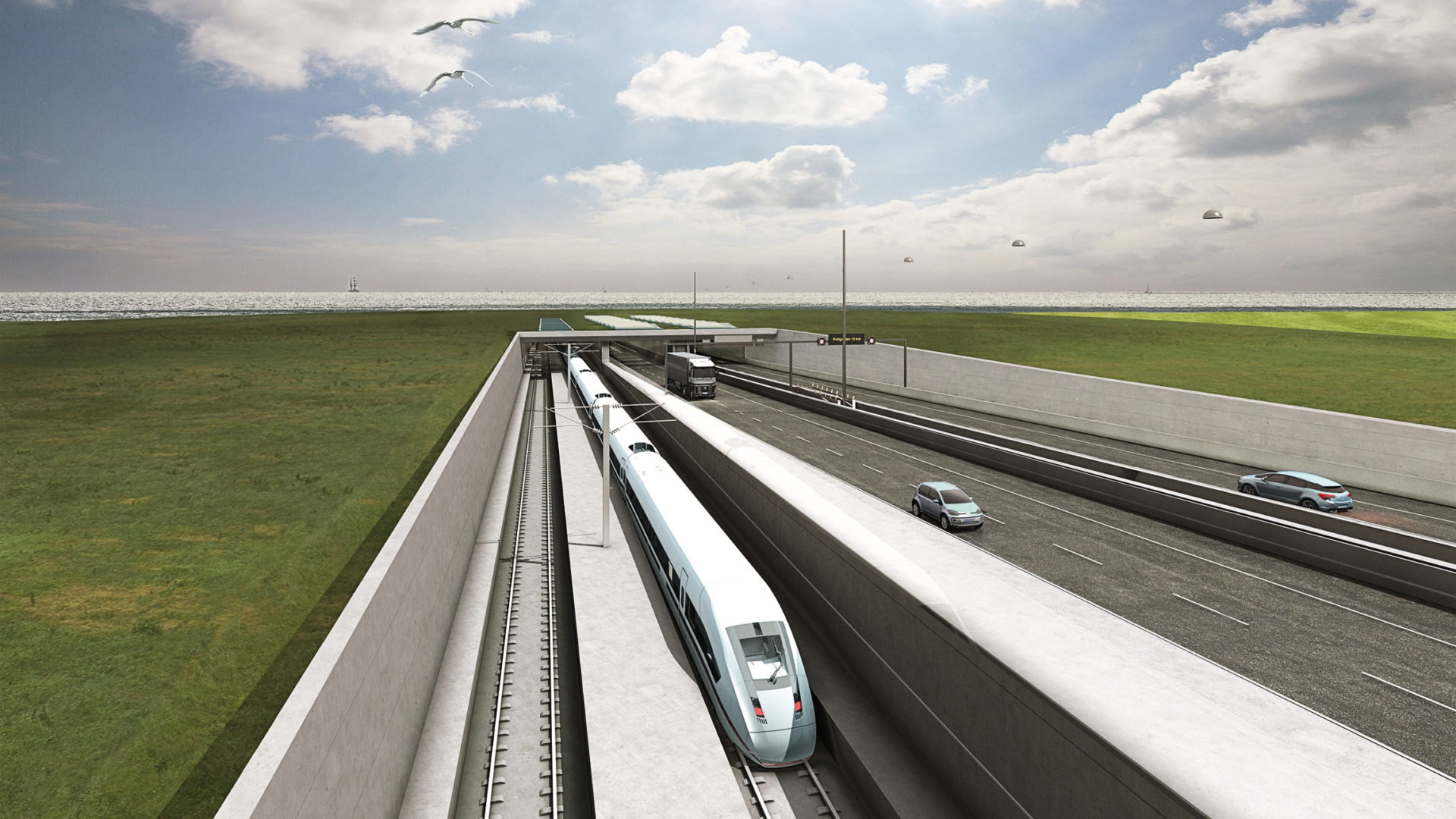Why it is important to identify dependencies when implementing a project
Dependencies are an important aspect of project management and implementation. They represent the order in which the various tasks must be followed. Dependencies allow you to determine the best way to complete items in a project that will allow it to be done as quickly as possible. For example, if one task is dependent on another, the second task should be completed earlier.
In project management, there are 10 types of dependencies. Knowing them, you can organize the work process in the most convenient way for your team. The first category is the usual dependencies that include tasks whose sequence can easily be traced logically. Identifying such dependencies is quite simple and does not require any explanations. For example, in order to publish an article on a website it must first be written, and before that, it is necessary to choose a topic and gather information.
Resource dependencies appear when several projects require the use of the same resource. And in this case, it is important to allocate this resource correctly so that all tasks can be covered. A simple example is making breakfast consisting of omelets and pancakes. Both dishes require eggs, the number of which is limited. It is necessary to distribute them correctly so that there will be enough for two dishes.

Dependencies on preferences. In this case, they are related to the characteristics of each team, their experience, their approach to project implementation, and other characteristics. Some specialists prefer to work together on all items of the project, others distribute the number of tasks among themselves, and each works on his or her part.
When several teams are involved to work on a project or part of it, inter-team dependencies arise. There are also external dependencies when a third party is involved in the process of implementing a solution. For example, when a team completes a certain item, it must approve it with a manager or a representative of another department.
The variant when the execution of one task requires the implementation of the other first is called SF-dependence, or “start-finish”. The opposite view, when task A is performed and after B, is FS, or “finish-start”. For example, in order to launch an advertising campaign, marketers must get budget approval, which is taken once a quarter. SS-dependency assumes that two tasks can be implemented simultaneously, while FF can be when two tasks are completed simultaneously, or when project item 2 is closed after item 1. In this case, the second task can be closed only after the first. A striking example is the creation of a website when backend and frontend developers are involved simultaneously. However, the user interface cannot be run without code.
By understanding the impact and types of dependencies, the project manager will be able to optimize the work on it so that it is completed on time.

















